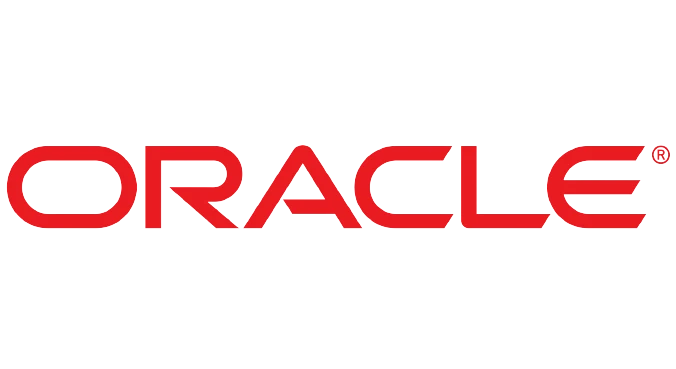This Oracle Access Manager 11g R2: Administration Workshop training is designed for administrators. Once you're comfortable with installing, configuring, managing, troubleshooting, diagnosing and basic administration of Oracle Access Manager 11 g R2, expert Oracle University instructors will teach you more advanced administration topics in this course.
Objectives
- Configure the adaptive authentication service to offer two-factor authentication
- Configure the OAM domain for a highly available deployment
- Enable Windows Native Authentication (WNA) with OAM using a multi-domain Active Directory deployment architecture
- Integrate Oracle Adaptive Access Manager (OAAM) with OAM for complex authentication capabilities
- Monitor and tune the performance of OAM components
- Horizontal migration of the OAM domain from test to production (t2p deployment)
- Configure mobile services with OAM
- Switch from OAM 11g R1 (11.1.1.7) to OAM 11g R2 (11.1.2.3)
Topics
- Upgrade OAM 11g R1 to OAM 11g R2
- Review policy configuration in the R1 OAM domain
- Upgrade from OAM 11g R1 PS6 to OAM 11g R2 PS3
- Validate policies and operations post-upgrade
- Move OAM domain from test to production environment
- Copy the binaries from the test machine.
- Create the archive of the Oracle Weblogic Server domain configuration, the OHS instance configuration, and the OAM policy data on the test machine
- Create the OAM product metadata repository on the production machine
- Import the metadata and OAM policy data in the production database
- Configure the OAM Domain by using the configuration that you copied from the test machine
- Configure the OHS instance on the production machine using the configuration that you copied from the test machine
- Configure High Availability for OAM domain
- Create OAM Cluster
- Add the existing OAM Server to the cluster and target applications and data sources to the cluster
- Create a second Oracle Access Manager server instance
- Instantiate the second OAM Server in the cluster
- Set request cache type
- Create a new OHS Instance as load-balancer for Oracle Access Manager server instances
- Modify and reconfigure the definition for Oracle Access Manager 11g WebGate
- Test HA deployment
- Enable Windows Native Authentication (WNA) with OAM using multi-domain Active Directory (AD) deployment architecture
- Study the multi-domain AD configuration with transitive trust relationship
- Create OAM system accounts in AD
- Create keytab file and modify krb5.conf files
- Configure parameter values for the custom authentication module for the Kerberos Plug-in
- Modify the authentication scheme and protected application domain to use the Kerberos plug-in
- Set custom logging to troubleshoot any WNA Kerberos Issues
- Test WNA for users on both AD domains
- Integrate Oracle Adaptive Access Manager (OAAM) with OAM for strong authentication capabilities
- Extend OAM domain to configure OAAM
- Register the OAAM Server as a Partner Application with OAM
- Validate the TAPScheme Definition in Oracle Access Manager
- Run setupOAMTapIntegration.sh to configure OAM for TAP integration.
- Protect a Resource with the TAP Scheme
- Set Up One Time Pin (OTP)
- Configure OTP challenge for step-up authentication usecase
- Validate Strong authentication capabilities of OAAM
- Setup Oracle Mobile service with OAM
- Configure OAM domain for Mobile Support
- Enable Adaptive Authentication Service
- Perform OTP using the Oracle Mobile Authenticator
- Create mobile application profile entry
- Create pre and post authentication rules
- Configure OAM for Federated Login using SAML
- Extend OAM for federation support
- Configure the identity provider
- Configure the service provider
- Configure policy for federated login
- Test login to service provider using SAML assertion
- Monitor and Tune Performance for OAM
- Use performance monitoring tools: DMS Spy, Enterprise Manager, and JConsole
- Monitor and tune performance for JVM, OAM, Coherence, OUD and WLS data sources
- Configure testing tool to simulate a workload for the environment





















